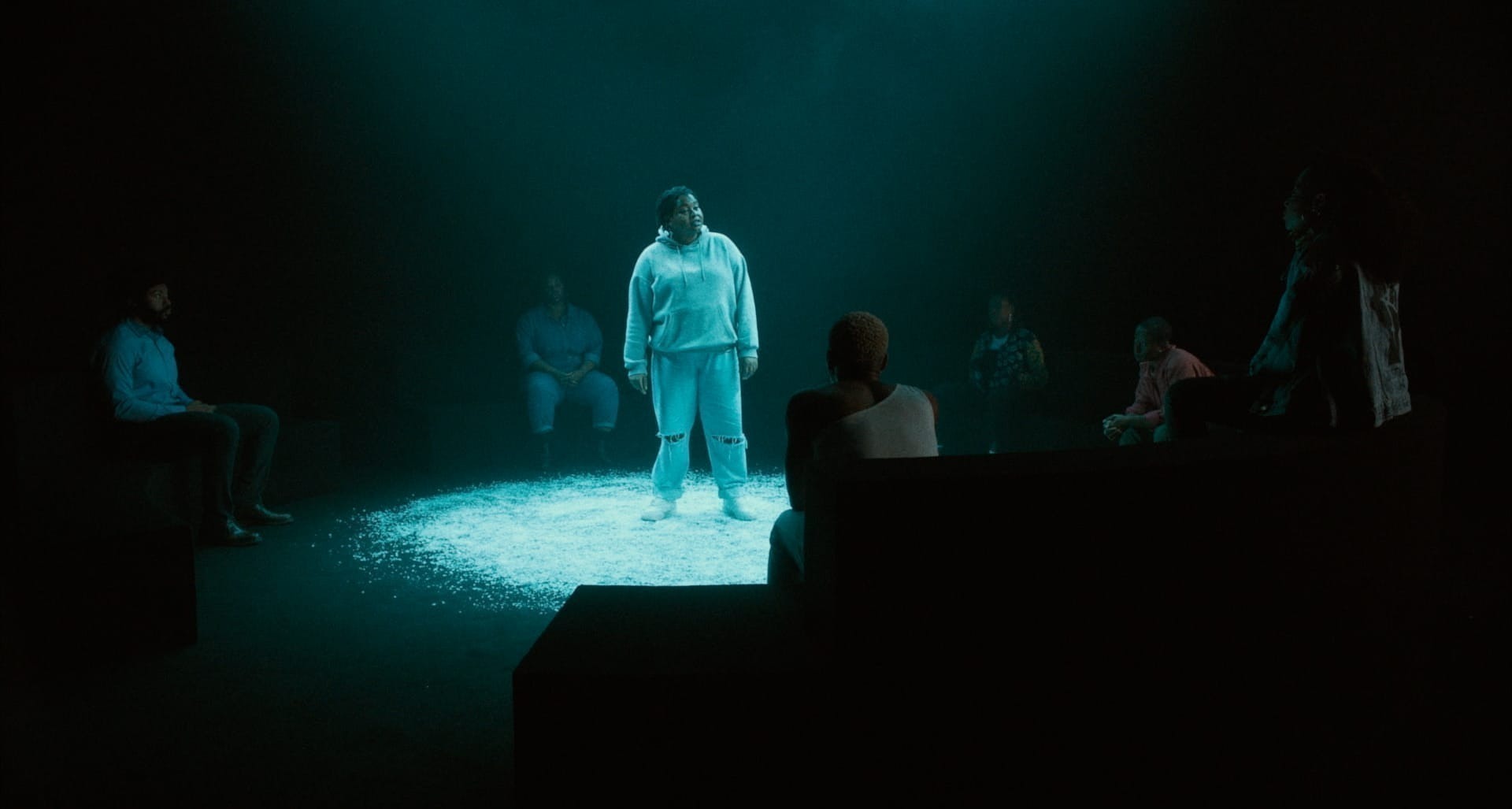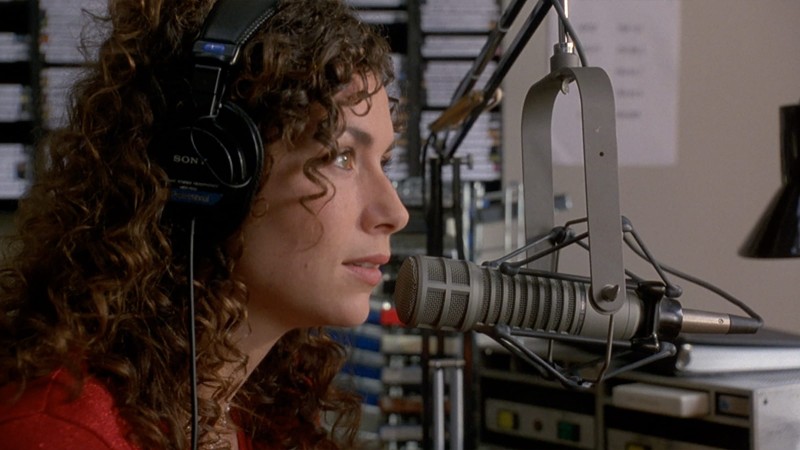Let the Words Do the Work: debbie tucker green on ear for eye

When I remind debbie tucker green that, to those of us who make and love theater, she’s a really big deal, she demurs, but anyone who has seen even one of her dozen plays performed on London’s most revered stages, or in New York at Soho Repertory Theatre, knows the experience is sacred. She’s a writer whose work is vital to any understanding of contemporary British theater, and her name is often spoken in the same breath as those of legends like Caryl Churchill and Sarah Kane. There’s no denying the massive influence that tucker green’s work—about Black British subjectivities across context and time—and her idiosyncratic, rhythmic writing style have had on the international theater landscape over the last twenty years.
Though tucker green (who prefers lowercase letters in the rendering of her name) established her career on the stage, her talents have increasingly been showcased on screens big and small, whether she’s adapting a play for Channel 4 (random, 2011) or writing and directing an original film (Second Coming, 2014, starring Nadine Marshall and Idris Elba). In 2020, tucker green got back in the director’s chair to adapt her play ear for eye, which had an acclaimed run at the Royal Court Theatre in 2018, into a feature. The film, now playing on the Criterion Channel, is a kinetically staged, near-Brechtian triptych of distinct but thematically connected narrative experiments, all of which find compelling and unexpected ways to address anti-Black racism and police violence, intergenerational ideas about protest and resistance, global histories of slavery and oppression, and so much more. Though she doesn’t grant many interviews, I had the rare privilege of speaking with tucker green about the art of adaptation, musical vibes, body language, and staying focused on the work.
ear for eye was always going to be visually stylized. And that wasn’t a COVID decision or a budgetary decision; it’s not trying to mimic theater. This film is stylized, and if you’re along for the ride, we can take you anywhere. We can play with time and space. We’re not just in generic London or generic UK or generic America; we know specifically, exactly where we are, the time of day, the geography of the rooms that we’re in, eyeline, depth of field; we know all of that because we’ve done the work. Hopefully then the conversations are there [to help] audiences to fill in whatever visual gaps there may be. For me, this is how this film has felt and how it wants to be told. I wasn’t trying to be cute about it; that’s just how I envisioned it. We can zip anywhere. The possibilities of this soundstage could be anything.





